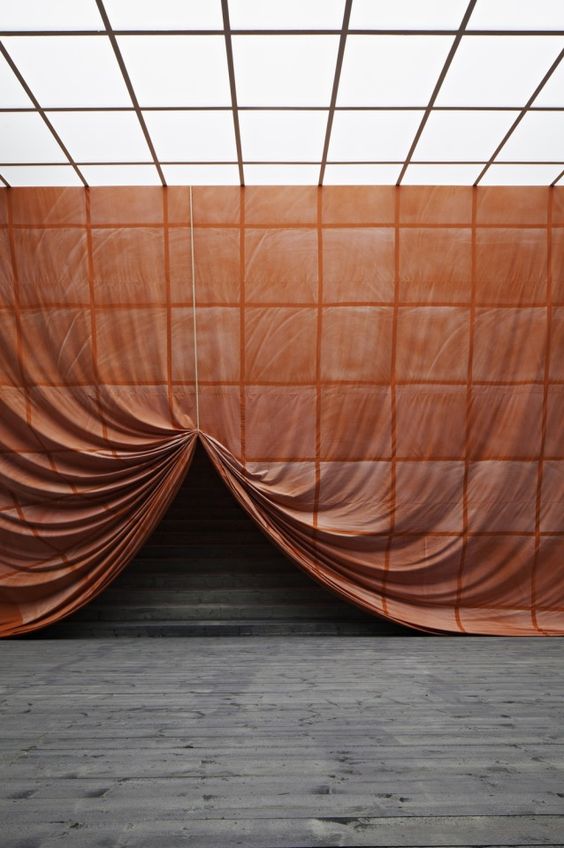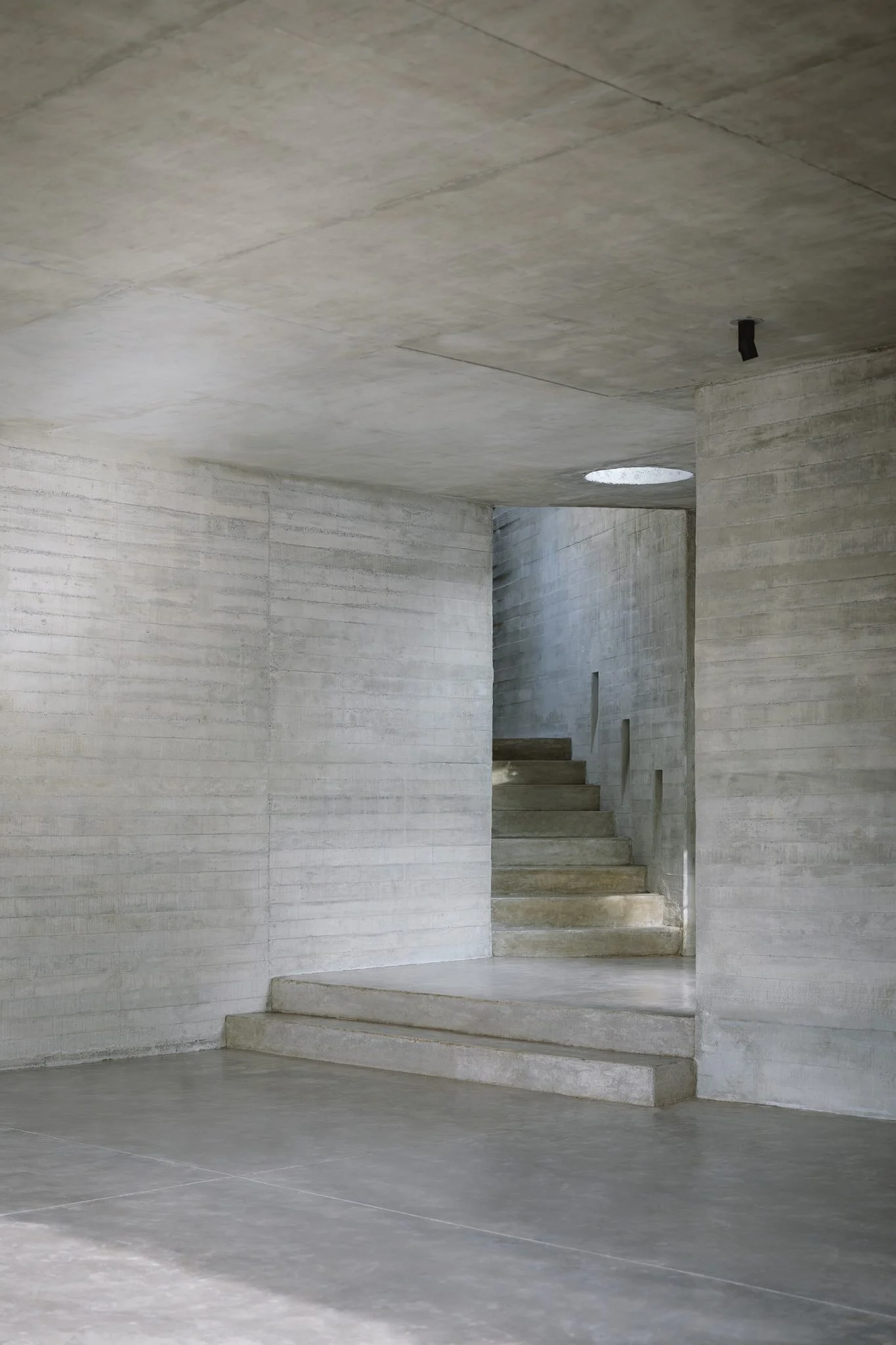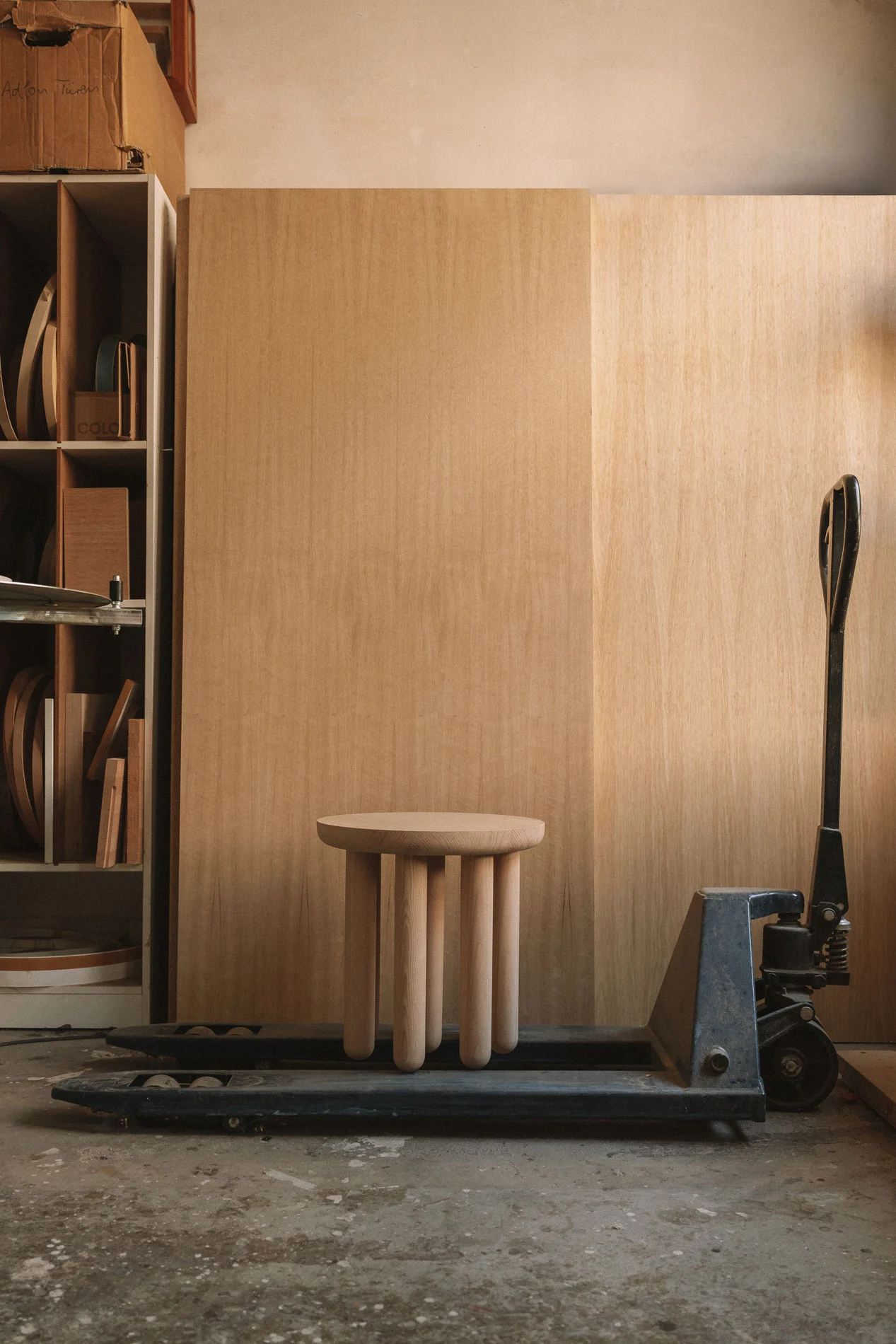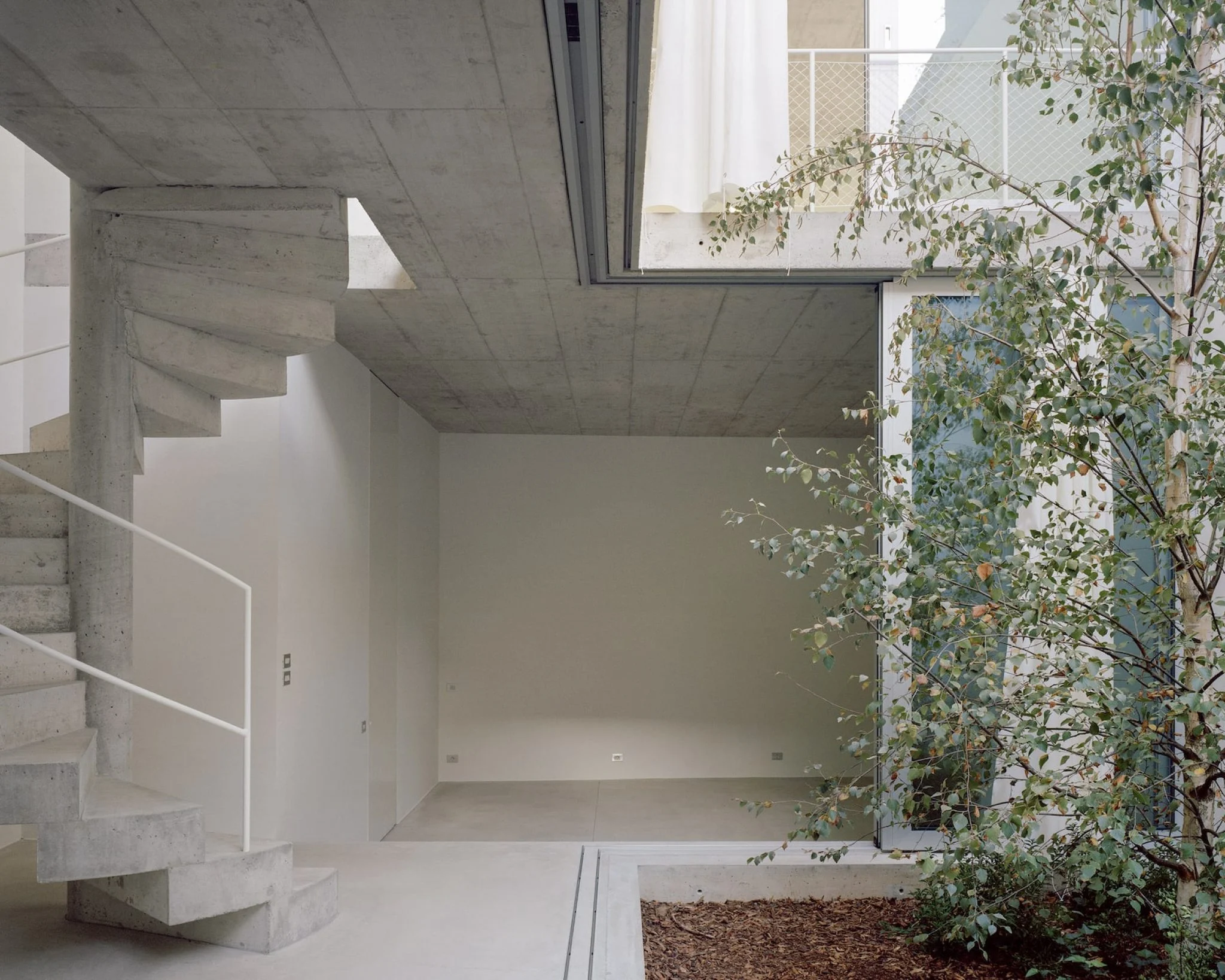Property Development
We value the opportunity we have to influence the landscape of public
spaces for people, communities and cities through future-focused and
transformative property development. By focusing on end users, we see
ways to reinvent how—and where—people connect, how people live,
work, travel and socialise. We evaluate each opportunity individually and
fiercely value the partners who help us pursue them.
We harbour a sense of enduring responsibility for what we create, knowing that we’re making a long-term contribution to our community and surrounding environment. Our projects represent a new generation of development that are contextually aware, socially conscious and that reflect the evolving needs of our community. Design-led projects that blur the lines between work, life and leisure, that champion innovation and creativity, and that encourage diversity of thought, human connection and an intrinsic sense of belonging.

Our Method
Our approach to property development is methodical to ensure
rigour, yet creative to ensure evolution. Beyond industry codes, we’re
guided by our own internal standards (PbC Development Standards),
a collection of principals, standards and quality details borne out of
our 70 plus years of industry experience.
Documented to hold us accountable and to make us better - details around how we design, how we build, how we innovate and how we evolve – combine to ensure we’re constantly delivering more consistent and more refined outcomes.
Development Framework
Our method governs how we operate and what standards we adhere
to. Our development framework ensures we’re constantly pushing the
boundaries of our vision – better, more meaningful buildings
for the future city.

Design Theory
Authentic design is the cornerstone of great buildings. We safeguard the concept of
authenticity through enduring architectural responses which we continuously
reference and critically assess, well researched and intelligent schematic planning,
the use of enduring materiality, and the connection of our buildings with the natural
environment. We hold ourselves to high standards, appreciating that the best buildings have been intricately considered to stand the test of time.

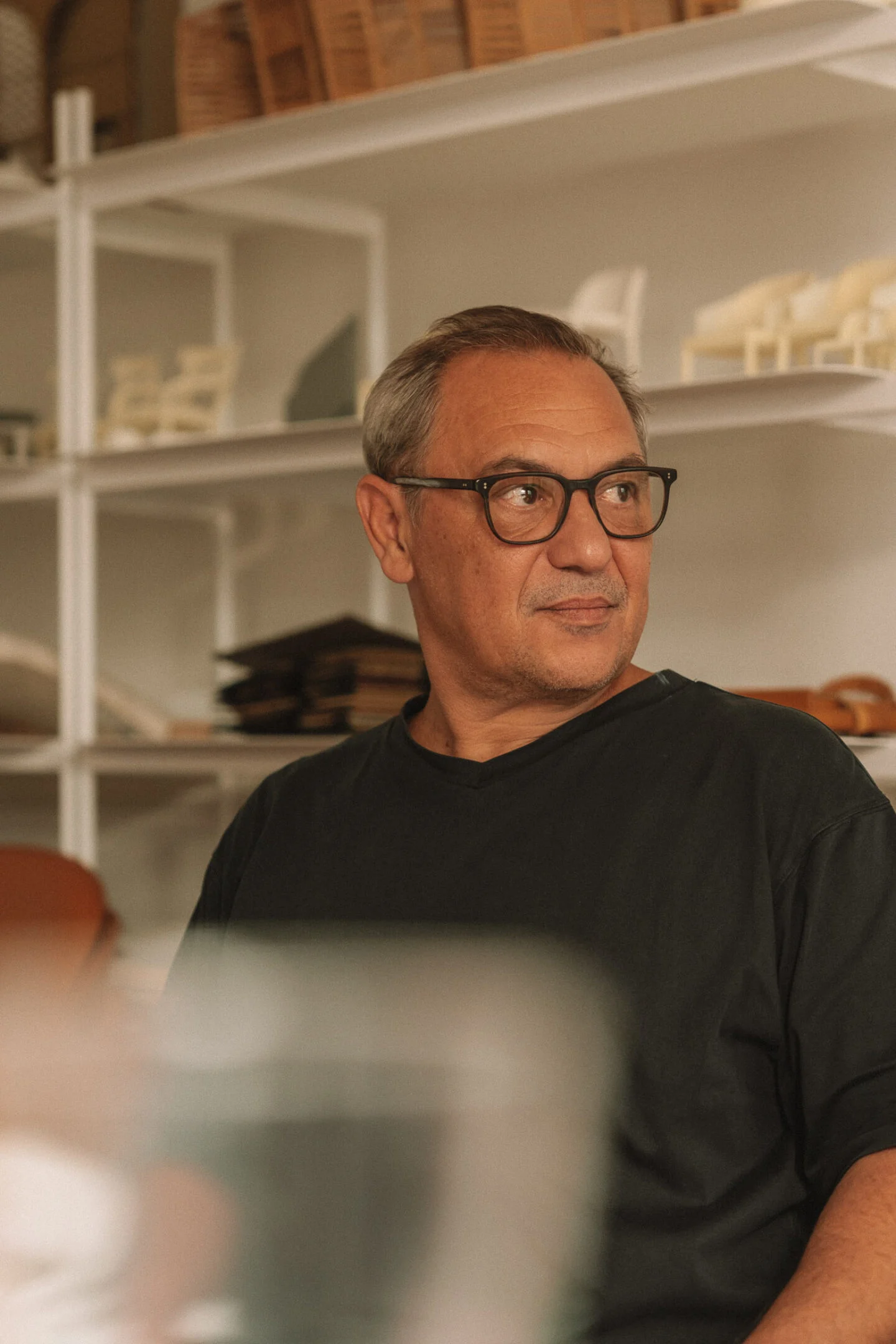 |
We have an appreciation for architecture that is simplistic and bold yet detailed and refined. We see value in solid and repetitious building structures, expansive and efficient interior layouts, transitional internal and external spaces and considered biophilic and sustainable design features.In informing our standards, we seek inspiration from some of the great modernist architects of our time who we believe got a lot right. A collective vision toward an architecture with a minimal framework of structural order balanced against the implied freedom of unobstructed free-flowing open space. Or as Lugwig Mies Van De Rohe put it: “skin and bones” architecture where often “less is more”. |
Authentic design aims to pierce through falsehood and do away with superfluousness. Its is about using materials without masking them in fake textures, showcasing their strengths instead of trying to hide their weaknesses. And representing function in its most optimal form, about having a conviction in elegance through efficiency. Style is not unimportant, but it is not pursued through decoration. Rather, beauty of form depends on the content, with the style being a natural outcome of a creative solution.As Deyan Sudjic commented on the design of the iconic Anglepoise lamp, “How the lamp looks — in particular the form of its shade — was something of an afterthought. But that was part of its appeal. Its artless shape gave it a certain naive innocence that suggested authenticity, just as the early versions of the Land Rover had the kind of credibility that comes with a design based on a technically ingenious idea rather than the desire to create a seductive consumer product.” |
|
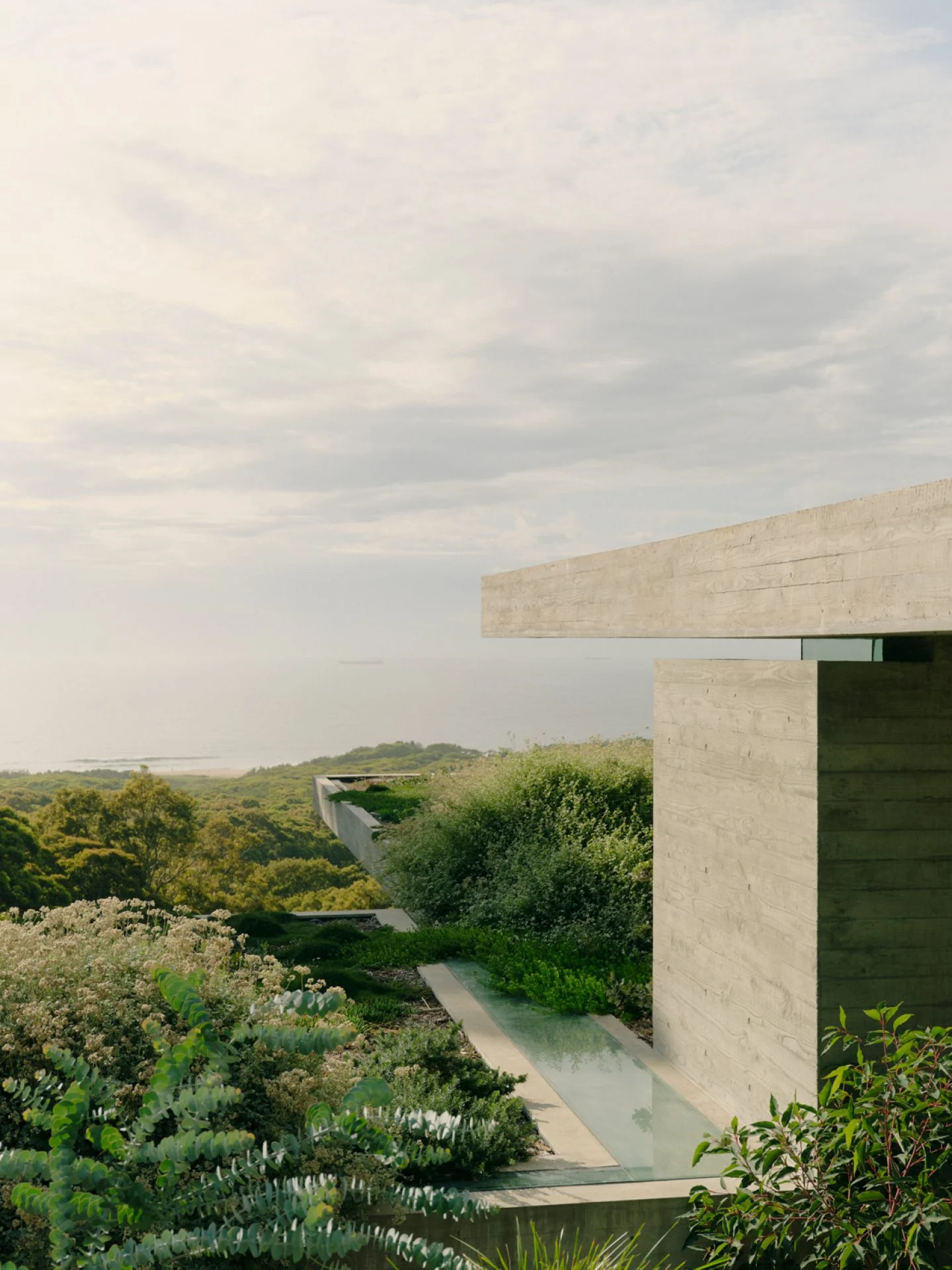
Ability to have description text for images.
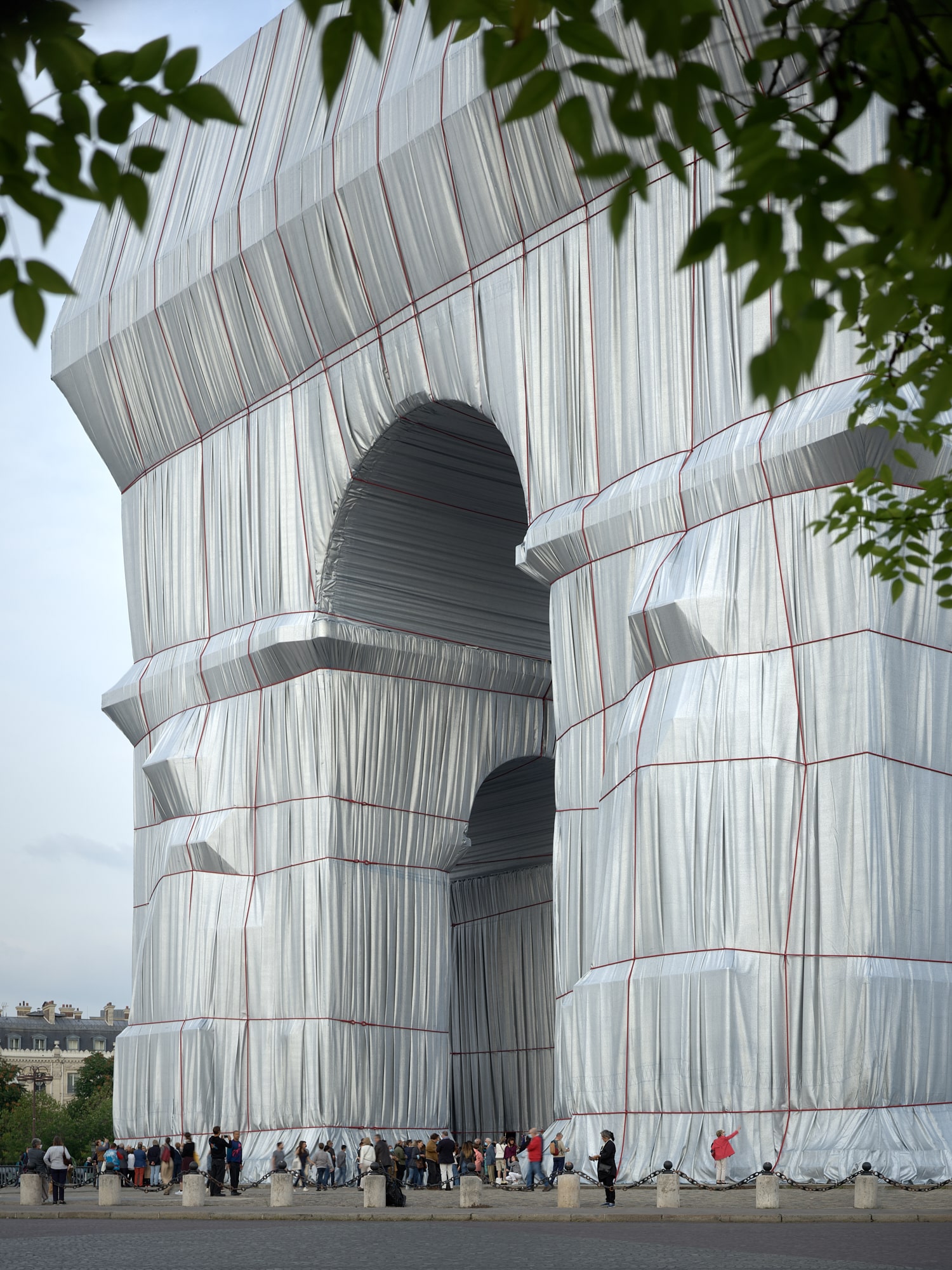
Ability to have description text for images.
